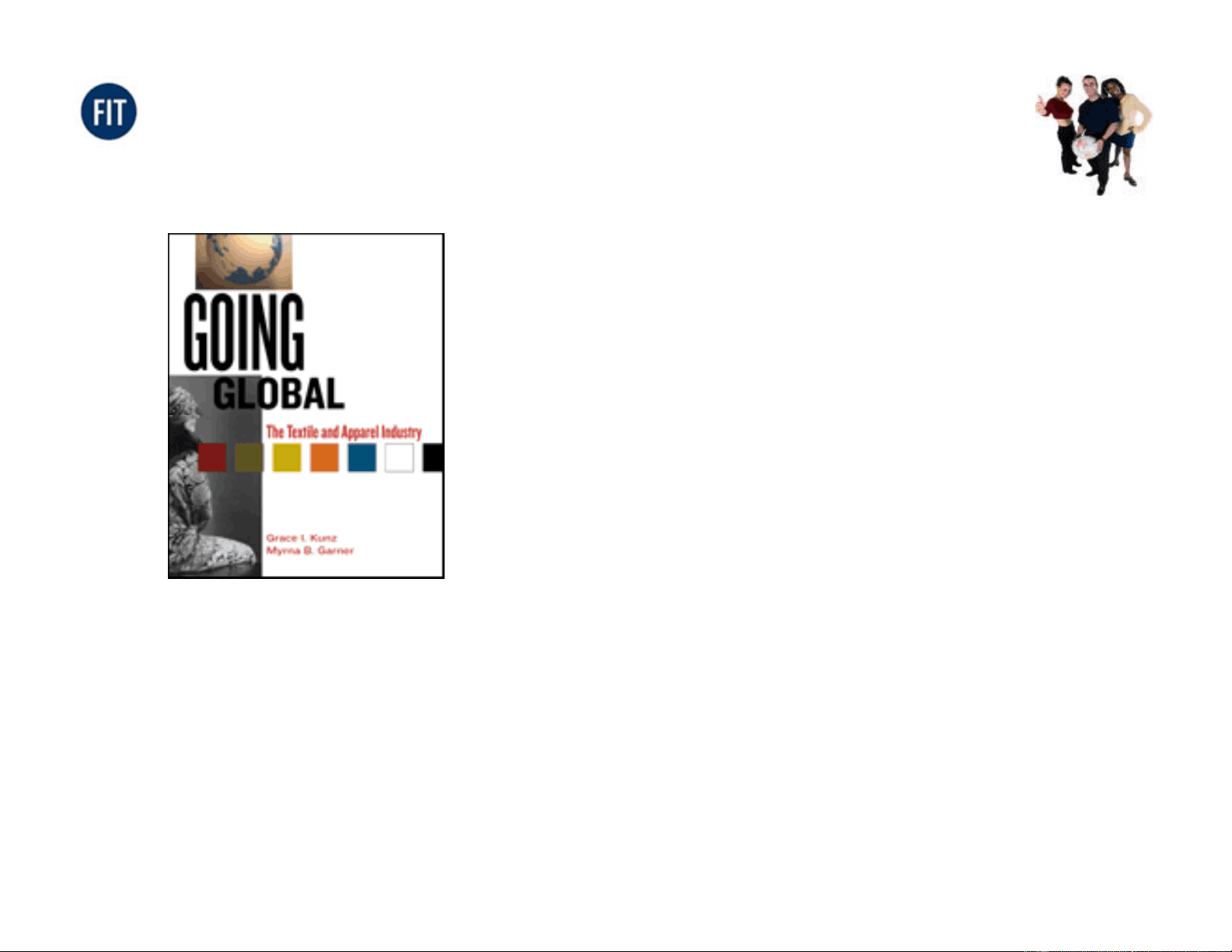
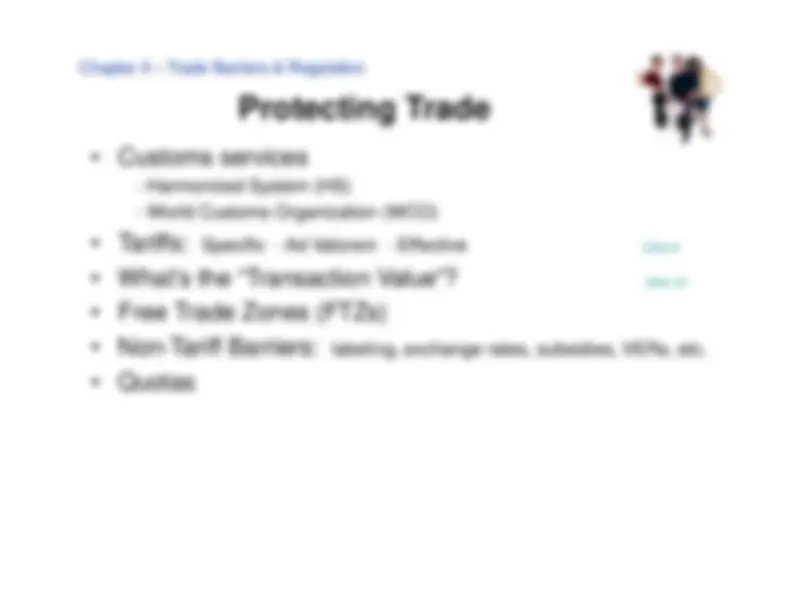
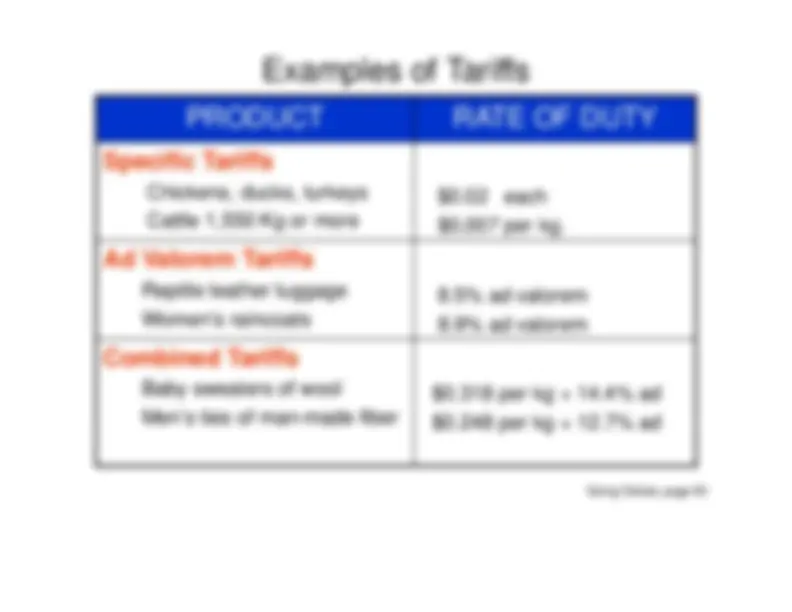
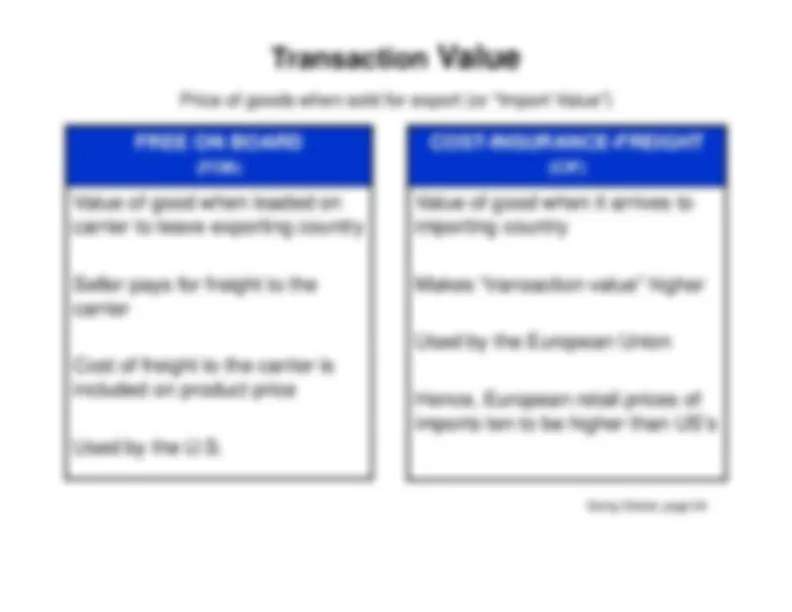
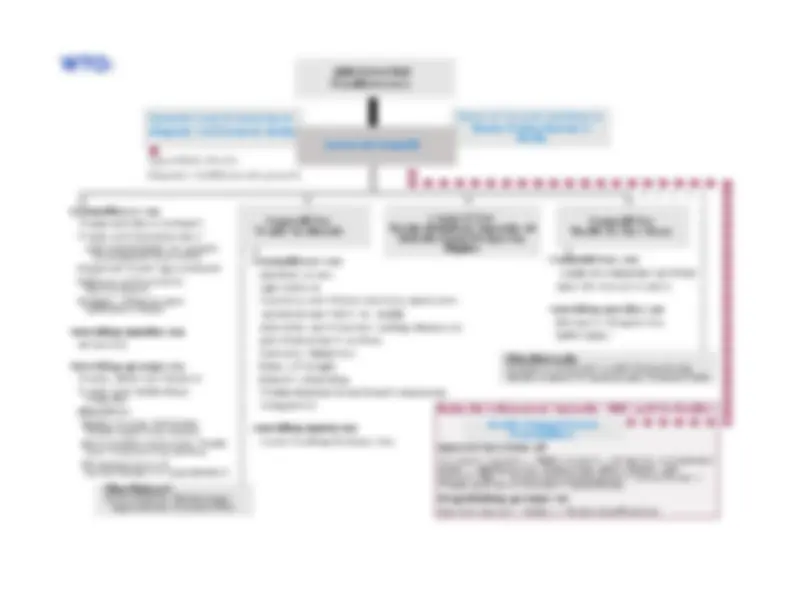


Study with the several resources on Docsity

Earn points by helping other students or get them with a premium plan


Prepare for your exams
Study with the several resources on Docsity

Earn points to download
Earn points by helping other students or get them with a premium plan
Community
Ask the community for help and clear up your study doubts
Discover the best universities in your country according to Docsity users
Free resources
Download our free guides on studying techniques, anxiety management strategies, and thesis advice from Docsity tutors
Material Type: Notes; Class: INTERNATIONAL TRADE; Subject: International Trade & Mkt; University: Fashion Institute of Technology; Term: Spring 2009;
Typology: Study notes
1 / 8

This page cannot be seen from the preview
Don't miss anything!





IN312 International Trade
Chapter 4 “Trade Barriers & Regulations” Department of International Trade & Marketing (ITM)http://www3.FITnyc.edu/ITM
1400-1865^ Colonialism1866-
“Golden Era”
-^ Companies :^ 1915-
Keynesian revolution Companies :^ 1915 1945
Keynesian revolution1946-^
GATT, MFA1990-2000 WTO, outsourcing
-^ Individuals :^ 2001-Present
Global markets
$0 02^ h Chickens, ducks, turkeysCattle 1,550 Kg or more
$0.02^ each$0,007 per kg.
8.5% ad valorem8.9% ad valorem
$0.318 per kg + 14.4% ad$0 248 per kg + 12 7% ad Men s ties of man made fiber
$0.248 per kg + 12.7% ad
Going Global, page 93
(CIF) Value of good when loaded oncarrier to leave exporting country
Value of good when it arrives toimporting country Seller pays for freight to thecarrier
Makes “transaction value” higherUsed by the European Union Cost of freight to the carrier isincluded on product price
Used by the European UnionHence, European retail prices ofimports ten to be higher than US’s Used by the U.S.
imports ten to be higher than US s
Going Global, page 94
(MFN). Trade w/o discrimination
Instead of other barriers
Instead of other barriers
Agreed upon tariffs are binding
But permitted under some circumstances It was understood that
trade on T&A would be exempted
from
It was understood that
trade on T&A would be exempted
from
these principles. Developing countries used 2 tools to continue restricting T&A imports:1. Import-substitution policies2. A Balance of Payment provision of GATT (article XVIII)